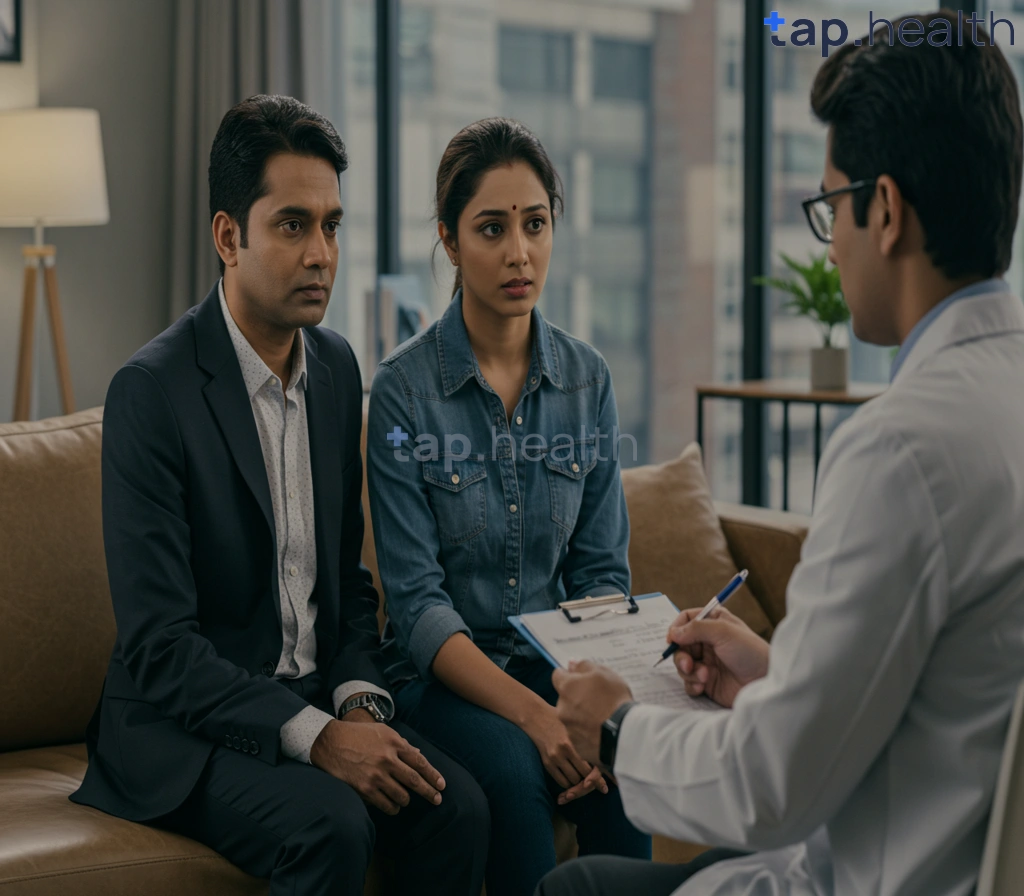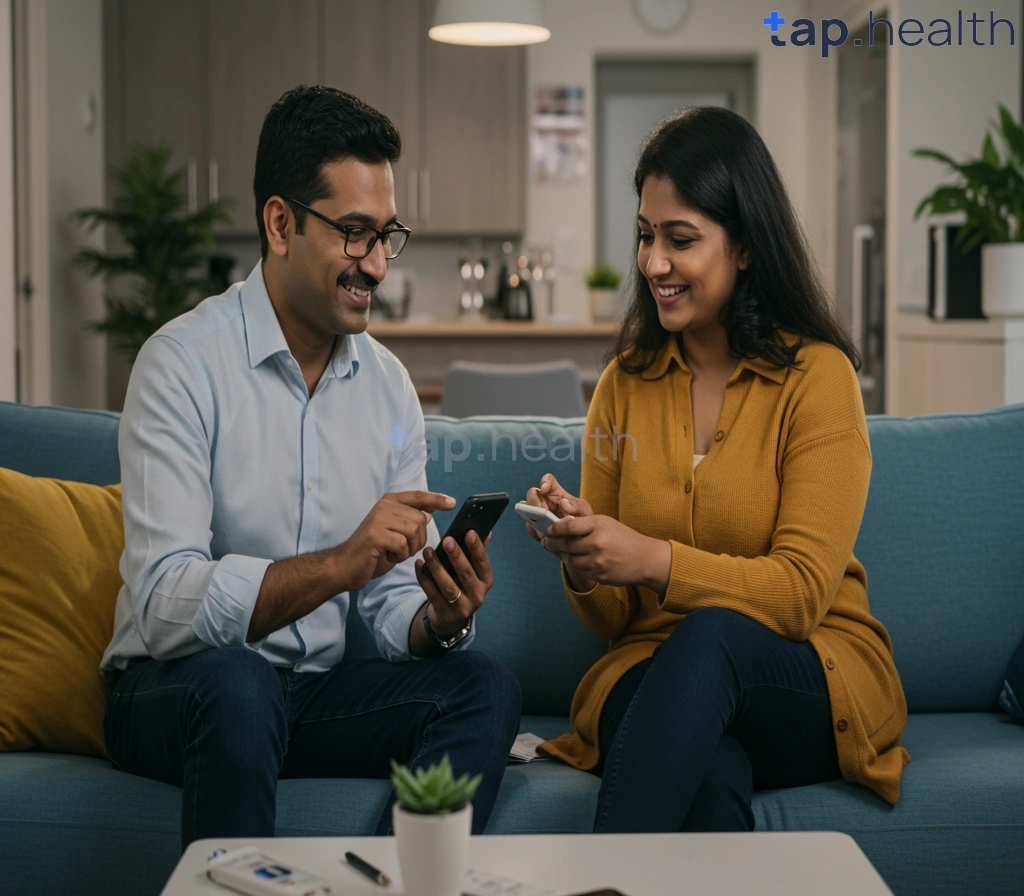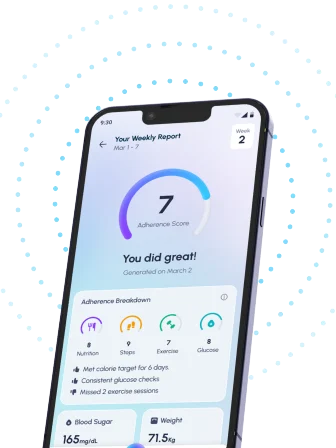Table of Contents
- Understanding Medicaid Diabetes Coverage
- Managing Your Diabetes with Medicaid: A Step-by-Step Guide
- Essential Diabetes Supplies Covered by Medicaid
- Medicaid and Diabetes: Resources and Support Services
- How to Enroll in Medicaid for Diabetes Management
- Frequently Asked Questions
- References
Living with diabetes can be challenging, especially when navigating the complexities of healthcare coverage. This guide focuses specifically on Managing Diabetes with Medicaid: A Guide for Non-Cancer Patients, offering practical advice and resources to help you effectively manage your condition. We understand the unique hurdles faced by individuals relying on Medicaid, and we’re here to simplify the process. This blog will cover everything from finding affordable medications to accessing vital support services. Let’s work together to empower you to take control of your diabetes journey.
Understanding Medicaid Diabetes Coverage
Managing diabetes effectively requires consistent access to healthcare, medications, and supplies. For many adults in India and other tropical countries, Medicaid can play a crucial role. Understanding your Medicaid coverage is paramount, especially given that a significant portion of the diabetic population – 61% – falls within the 20-64 age bracket, according to the International Diabetes Federation. This age group often faces significant financial burdens alongside managing their condition.
What Medicaid Covers
Medicaid programs vary by region, but generally cover essential diabetes-related services. This typically includes regular checkups with a doctor specializing in diabetes management (endocrinologist), prescription medications like insulin and oral hypoglycemics, and essential supplies such as blood glucose monitoring equipment and test strips. Some programs may also cover diabetic education and nutritional counseling, crucial for long-term management. It’s vital to check your specific state or regional Medicaid plan for detailed coverage information.
Navigating the System
Accessing these benefits effectively can involve navigating administrative processes. Familiarize yourself with the application process and required documentation. Many regions offer assistance programs to help individuals understand and utilize their Medicaid benefits. Consider contacting your local health department or seeking guidance from patient advocacy groups. Remember, proactive engagement is key to effective diabetes management. For those concerned about the long-term implications of their condition, understanding whether diabetes is considered a disability can be helpful. You can learn more by reading Is Diabetes Considered a Disability? Understanding the Implications.
Taking Action
For individuals in India and other tropical countries with diabetes, understanding and utilizing your Medicaid coverage is critical for long-term health and well-being. Don’t hesitate to reach out to your local health officials or diabetes support groups for assistance. Proactive management, combined with the right resources, can significantly improve the quality of life for those living with diabetes. The challenges of managing diabetes can evolve as we age, so it’s beneficial to understand these changes and potential solutions. For insights into this, read Managing Diabetes as You Age: Challenges and Solutions. Take the first step towards better health today.
Managing Your Diabetes with Medicaid: A Step-by-Step Guide
Managing diabetes effectively is crucial for maintaining your health and well-being, especially in regions like India and other tropical countries where the disease is prevalent. The significant cost of diabetes management, estimated at approximately INR 25,000 per year per person in urban India, highlights the importance of accessing affordable healthcare resources. Medicaid programs can play a vital role in mitigating these costs and improving access to essential diabetes care.
Understanding Your Medicaid Benefits
First, understand the specific diabetes-related services covered under your Medicaid plan. This includes medication, regular check-ups with doctors and specialists (endocrinologists, ophthalmologists, etc.), and potentially supplies like blood glucose meters and test strips. Contact your Medicaid provider directly to clarify your coverage and any required pre-authorizations.
Building a Comprehensive Diabetes Management Plan
This involves working closely with your healthcare team to develop a personalized plan. This should include regular blood sugar monitoring, a balanced diet tailored to your needs and local availability of foods, and a consistent exercise routine. Remember to actively participate in these discussions to ensure your plan aligns with your lifestyle and cultural preferences. Consider joining local support groups for added encouragement and community. For more tips on effective diabetes management, check out this helpful guide: 10 Proven Tips for Effective Diabetes Management.
Accessing Affordable Medications and Supplies
Medicaid can significantly reduce the financial burden of managing diabetes by subsidizing the cost of essential medications and supplies. However, navigating the system can be challenging. Take advantage of any available resources, such as patient assistance programs offered by pharmaceutical companies, to further reduce out-of-pocket expenses.
Staying Proactive and Informed
Regular check-ups are essential for early detection of complications. Don’t hesitate to ask questions and actively engage with your healthcare provider. Understanding your condition and your treatment plan is key to successful management. Regular communication is crucial for adjusting your plan as needed. The high cost of diabetes care emphasizes the importance of proactive management to prevent costly complications. Learning simple strategies can make a big difference; for example, see 10 Proven Tips to Effectively Manage Diabetes | Simple Guide for practical advice.
Conclusion
Effectively managing diabetes within the framework of Medicaid requires proactive engagement and a thorough understanding of your benefits. By following these steps and building a strong relationship with your healthcare team, you can take control of your health and significantly reduce the financial burden associated with this chronic condition, leading to a healthier and more fulfilling life. Remember to check your local Medicaid office for specific information and programs available in your area.
Essential Diabetes Supplies Covered by Medicaid
Managing diabetes effectively requires consistent access to essential supplies. Fortunately, many crucial items are covered under Medicaid in India and other tropical countries, significantly reducing the financial burden on patients. This is especially important considering that over 15% of India’s healthcare expenditure is diabetes-related, highlighting the significant impact of this disease. Understanding what’s covered can empower you to better manage your condition.
Medication Coverage:
Medicaid typically covers a range of diabetes medications, including insulin (various types), oral hypoglycemic agents, and other related drugs. It’s crucial to check with your specific state Medicaid plan to determine the exact medications covered under your policy, as coverage can vary. Remember that managing blood sugar effectively is crucial, and sometimes, in conjunction with medication, Safe and Effective Dietary Supplements for Diabetes Care can play a supporting role.
Testing Supplies:
Regular monitoring is vital for diabetes management. Medicaid often covers essential testing supplies like blood glucose meters, test strips, and lancets. These supplies are essential for tracking blood sugar levels and adjusting medication or lifestyle accordingly. Again, specific coverage varies, so confirm with your provider. Maintaining good blood sugar control is also essential for protecting your eyesight; learn more about How to Protect Your Vision with Diabetes: Essential Eye Care Tips.
Other Covered Supplies:
Depending on your individual needs and your state’s Medicaid program, other supplies might also be covered. This could include items like insulin syringes, needle disposal containers, and diabetes education materials. Remember to consult your doctor and your Medicaid provider to understand what’s available to you.
Proactive engagement with your healthcare provider and Medicaid agency is key to securing the necessary supplies for effective diabetes management. Don’t hesitate to ask questions and clarify any uncertainties regarding coverage. Taking charge of your diabetes management is the first step towards a healthier life.
Medicaid and Diabetes: Resources and Support Services
Managing diabetes, especially in countries with tropical climates like those in India, requires consistent care and access to vital resources. The high cost of diabetes—an estimated $327 billion annually in the U.S. in direct medical costs and lost productivity alone—highlights the critical need for affordable healthcare solutions. For individuals in India and other tropical countries, navigating diabetes management within the framework of Medicaid-like programs is crucial.
Accessing Medicaid-Equivalent Programs
Understanding the specific healthcare programs available in your region is the first step. Many countries have national or regional health insurance schemes that provide coverage for diabetes management, including medication, supplies, and doctor visits. Researching and contacting your local health authority is vital to determine your eligibility and understand the specific benefits offered. This may involve verifying income requirements and registering for the relevant program.
Essential Diabetes Management Services
Medicaid-equivalent programs often cover essential diabetes management services. This typically includes regular check-ups with a doctor or diabetes specialist, blood glucose monitoring supplies, insulin or other medications, and diabetes education programs. These programs can significantly reduce the financial burden of managing this chronic condition. Prioritizing regular checkups is crucial for preventing complications and maintaining optimal health. Furthermore, How Diabetes Education Enhances Health Outcomes is a crucial aspect of successful management.
Support and Community Resources
Beyond formal healthcare programs, numerous support groups and community resources are available in many regions. These groups offer valuable peer support, educational workshops, and practical advice on managing diabetes effectively within the constraints of limited resources. Connecting with these networks can significantly improve overall well-being and adherence to treatment plans. Actively seeking these resources can make a profound difference in your diabetes management journey. For those planning travel, Traveling with Diabetes: Essential Tips for a Safe & Healthy Journey offers valuable insights and advice.
How to Enroll in Medicaid for Diabetes Management
Managing diabetes effectively is crucial for maintaining good health, and access to quality healthcare plays a significant role. For many individuals in India and other tropical countries, Medicaid or similar government-sponsored healthcare programs can provide essential support for diabetes management. Understanding the enrollment process is therefore vital. The prevalence of diabetes, including among youth, is a growing concern globally. According to the CDC, approximately 35 per 1,000 U.S. youths have diagnosed diabetes (CDC Data). While this statistic is for the U.S., it highlights the widespread nature of this chronic condition and the importance of accessible healthcare.
Eligibility Criteria and Application Process
The specific eligibility requirements for Medicaid vary depending on your location and income level. In many Indian states and across tropical countries, factors like age, income, and disability are considered. It’s crucial to check with your local health authority or the relevant government agency to determine your eligibility. They can provide you with the necessary application forms and guidance on the process. The application usually involves providing proof of identity, residency, and income.
Navigating the System
Once enrolled, Medicaid can cover various aspects of diabetes management. This typically includes doctor visits, prescription medications (including insulin), blood glucose monitoring supplies, and educational programs. Understanding your coverage is key; familiarizing yourself with your plan’s details will help you maximize its benefits. Many countries have dedicated helplines and support resources to assist Medicaid beneficiaries with navigating the system and accessing necessary services. Managing your diabetes effectively also involves monitoring other health factors. For example, you can learn more about How to Manage Cholesterol Levels with Diabetes? to maintain overall well-being.
Seeking Support and Resources
Don’t hesitate to seek help from healthcare professionals and community organizations specializing in diabetes management. They can provide valuable guidance on managing your condition effectively. In many Indian states and across the tropical regions, numerous NGOs and government initiatives offer free or subsidized diabetes education and support programs. Actively seeking these resources can significantly improve your quality of life. Taking control of your diabetes is possible with the right support and access to healthcare. Remember that a Personalized Diabetes Control Plan can significantly improve your outcomes.
Frequently Asked Questions on Medicaid Diabetes Management
Q1. What does Medicaid cover for diabetes care in India?
Medicaid or similar programs in India typically cover doctor visits (including endocrinologists), prescription medications (like insulin and oral hypoglycemics), and supplies such as glucose meters and test strips for diabetes management.
Q2. How much can Medicaid save me on diabetes treatment in urban India?
Medicaid significantly reduces the financial burden of diabetes care. In urban India, the annual cost of diabetes management is estimated to be around INR 25,000, a significant portion of which Medicaid can cover.
Q3. What are the steps to effectively manage my diabetes with Medicaid?
Effective management involves regular check-ups for early complication detection, proactive engagement with your healthcare provider to build a management plan, accessing affordable medications and supplies through assistance programs, and maintaining open communication for necessary adjustments.
Q4. How do I find out what my specific Medicaid plan covers?
Coverage varies regionally. It’s essential to check your specific Medicaid plan details to understand your exact benefits and what’s covered. Contact your local health department or patient advocacy groups for assistance.
Q5. What if I have trouble navigating the Medicaid system?
Navigating the system can sometimes be challenging. Local health departments and patient advocacy groups are valuable resources that can help you with the application process and provide guidance on available resources.
References
- A Practical Guide to Integrated Type 2 Diabetes Care: https://www.hse.ie/eng/services/list/2/primarycare/east-coast-diabetes-service/management-of-type-2-diabetes/diabetes-and-pregnancy/icgp-guide-to-integrated-type-2.pdf
- Children with Diabetes : A resourse guide for families and school. : https://www.health.ny.gov/publications/0944.pdf




